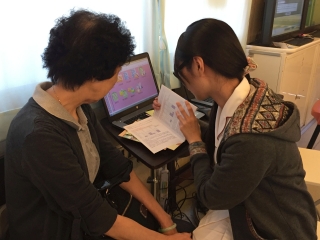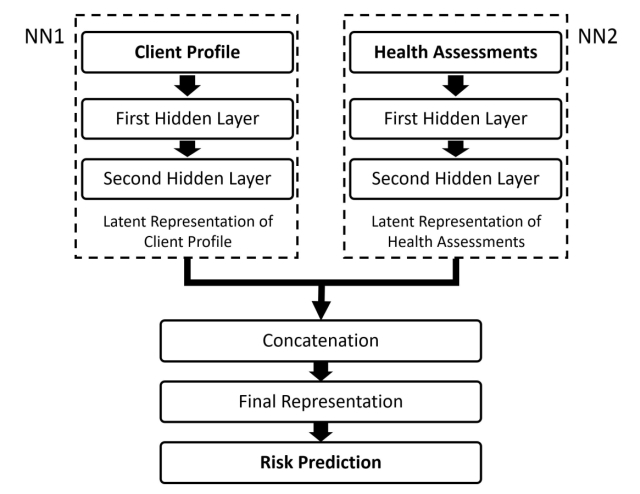Background: Recent studies have revealed lifestyle behavioral risk factors that can be modified to reduce the risk of dementia. As modification of lifestyle takes time, early identification of people with high dementia risk is important for timely intervention and support. As cognitive impairment is a diagnostic criterion of dementia, cognitive assessment tools are used in primary care to screen for clinically unevaluated cases. Among them, mini-mental state examination (MMSE) is a very common instrument. However, MMSE is a questionnaire that is administered when symptoms of memory decline have occurred. Early administration at asymptomatic stage and repeated measurements would lead to practice effect that degrades the effectiveness of MMSE when it is used at later stages.
Objective: The aim of the study was to exploit machine learning techniques to assist healthcare professionals to detect high-risk individuals by predicting the results of MMSE using elderly health data collected from community-based primary care services.
Methods: A health dataset of 2299 samples was adopted in the study. The input data were divided into two groups of different characteristics, i.e., client profile data and the health assessment data. The predictive output was the result of two-class classification of the normal and high-risk cases that were defined based on MMSE. A dual neural network (DNN) model was proposed to obtain the latent representations of the two groups of input data separately, which were then concatenated for the two-class classification. Mean and k nearest neighbor were used respectively to tackle missing data, whereas cost sensitive learning (CSL) algorithm was proposed to deal with class imbalance. The performance of DNN was evaluated by comparing with that of conventional machine learning methods.
Results: A total of 16 predictive models were built using the elderly health dataset. Among them, the proposed DNN with CSL was overall outperforming in detecting high-risk cases. The area under the receiver operating characteristic curve, average precision, sensitivity and specificity reached 0.84, 0.88, 0.73 and 0.80 respectively.
Conclusions: The proposed method has the potential to serve as a tool to screen for elderly with cognitive impairment and predict high-risk cases of dementia at asymptomatic stage, providing healthcare professionals with early signals that prompt the suggestion for a follow up or detailed diagnosis.
Publication
Using dual neural network architecture to detect the risk of dementia with community health data. JMIR Medical Informatics, vol. 8, no. 8, e19870, 31 August 2020. [doi]
Funding Support
The work was supported in part by the Innovation and Technology Fund of the HKSAR under Grant MRP/015/18.
Patent
The work was supported in part by the Innovation and Technology Fund of the HKSAR under Grant MRP/015/18.

